68 Results
-
 22 Nov
22 NovDriving the value revolution in the medical market, focusing on reduced production cost and low cost of ownership
The continued need to evolve and develop smarter solutions has driven exciting new innovations that are reducing the cost-per-therapy in the medical sector without compromising life-critical performance.
-
 15 Nov
15 NovThe anatomy of a microstrip isolator and circulator
Understanding the basics of microwave microstrip isolator and circulator technologies
-
 30 Sep
30 SepHaving the right connectivity can drive revolution in automotive testing.
Efficient quality end-of-line equipment can innovate the automotive industry.
-
 24 Jun
24 Jun8 Applications where adding attenuation is a plus
When should attenuation be added to a RF/microwave application?
-
 28 Apr
28 AprThe increasing threat of Electromagnetic Interference
Understand Electromagnetic Interference (EMI/RFI) filtering, Transient Voltage Suppression, and the basics of signal conditioning:
-
 10 Mar
10 MarEqualizing the Slope Gain in Your Next RF & Microwave Design
Understanding RF wideband microwave gain slope, installation and reliability
-
 17 Feb
17 FebAdding Value to Your RF Semi-Rigid Cable Assemblies
Having the proper guidelines in place for your RF semi-rigid cable assembly helps minimize cost, improve electrical performance, and increase reliability.
-
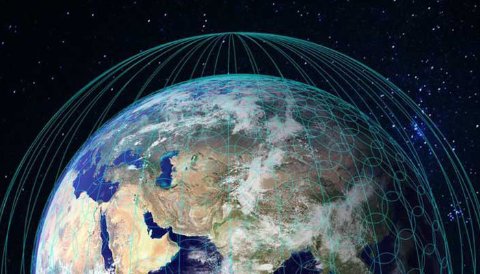 02 Feb
02 FebThe Internet of Space and radiation resistant transceivers
The explosion of worldwide communications over the past 25 years has led to the pervasive use of mobile and land communications equipment with an abundance of platforms, applications, and devices all driving the growth of many of the largest businesses in the world. There is no doubt that this trend will continue through the Internet of Things (IoT), and the arrival of the 5G technology along with improvements to the underlying network infrastructure. However, the next, ‘Small Step’ for man in terms of ubiquitous communications will be the ‘Giant Leap’ into the Internet of Space.
-
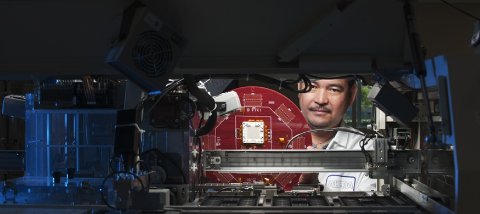 14 Dec
14 DecAccelerating Device Bring-Up and Production Ramp for WLCSP 5G Mobile IC’s
As mobile phone electronics continue to shrink, WLCSP has become the de-facto packaging solution for IC’s going into today’s flagship handsets. Manufacturers need solutions to rapidly debug their new silicon, and quickly ramp it to HVM while achieving aggressive DPPB quality levels.
-
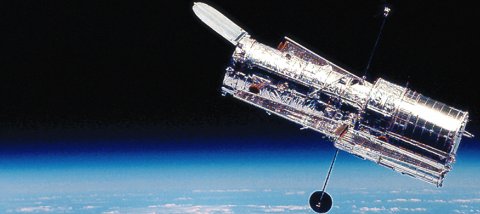 19 Nov
19 Nov8 Advantages to Know About Spring Probe Contact Technology in the Space Industry
The requirements of space flight components must be carefully taken in account when designing a spring-loaded connector.
-
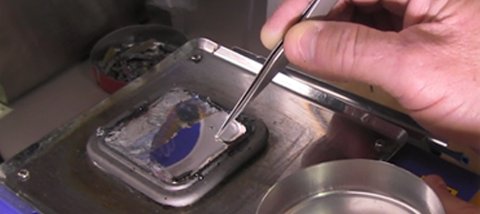 23 Sep
23 SepBest Practices in Installation and Testing of Board Level Passive Components for Applications at Frequencies of Ka-Band and Above
As the applications in modern telecommunications shift towards K-band and Ku-band so does the need for RF components and systems at these frequencies.
-
 20 Aug
20 AugWhy Use Temperature Variable Attenuators in Your Next RF and Microwave Circuit Design?
Temperature Variable Attenuators can be used in place of a standard chip attenuator to combine level setting and temperature compensation in a single chip design.
-
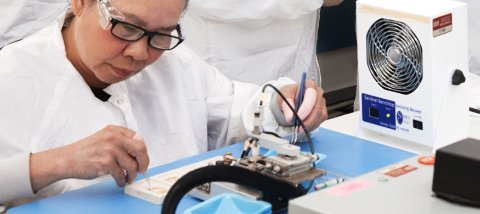 07 Jul
07 Jul5 Key Reasons to Choose a Planar Filter Over Conventional Filter Technology in Your Next RF Design
Understanding RF Filter technology to get the most effective solution.
-
 03 Jun
03 JunExpanding the Frontier
As Space Missions evolve, so do Smiths Interconnect’s light and compact connectivity solutions.
-
 04 May
04 MayThe harsh reality of electrical connectors in the autoclave environment.
Autoclave sterilization introduces high pressure steam into a chamber containing the objects to be sterilized. Therefore, these devices must be able to withstand autoclaving temperatures in the range of 135°C without damage, deformation, or disintegration.
-
 30 Apr
30 AprBoosting the bottom line. Choosing the right contact technology for your connectivity.
As more pressure is put on industries to boost the bottom line, management is taking a closer look at all operating costs, including connectivity.
-
 22 Jan
22 JanThe evolution of rail mobility and where the performance of components is critical.
The request for faster, safer and more comfortable services has grown proportionally in the rail industry over the recent years and the last two decades have seen exponential growth in the use of technology towards the evolution of very sophisticated transport system where the performance of components is more and more critical.
-
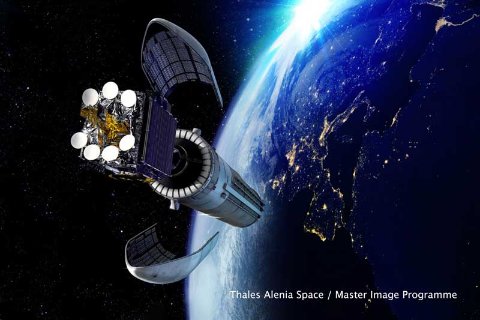 01 Dec
01 DecReliability Testing of COTS Fibre Optic Transceivers for Defense, Avionics, and Space Applications
Optical communication is a proven technology that has been deployed in harsh defense and avionics applications for a large number of years.
-
 27 Jun
27 JunTaking the Fast Bridge between Neural Networks
Neural networks have been around since the 1950s. The advent of fast, massively parallel processors like the Graphics Processing Unit (GPU) have made neural network applications like object recognition feasible. Neural networks are one means used to create Artificial Intelligence (AI). The latest iPhones now have an AI chip, primarily to offload face recognition tasks.1 Voice translation tasks would also benefit from an AI chip. Google provides voice translation as long as there is access to a cloud. The ability to translate directly from a phone without requiring Internet access to Google engines would be advantageous, and it’s possible that the iPhone is headed in that direction.
-
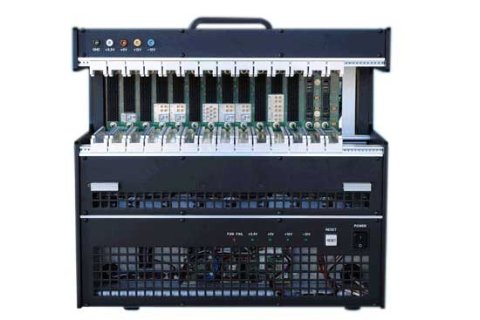 16 Jun
16 JunVPX Technology Development Trends
Security is a critical challenge for a wide range of embedded systems applications. System integrators must optimize operational capability, maximize competition for systems development, ensure interoperability, and maintain commonality to reduce life-cycle cost.
-
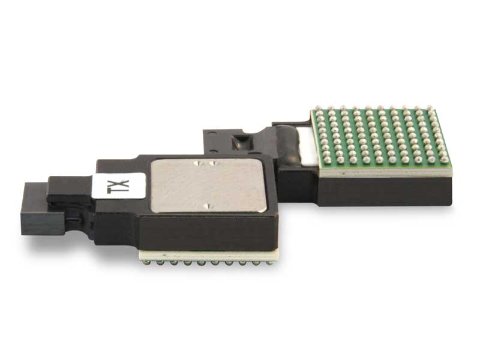 03 Jun
03 JunUnderstanding the Test Criteria of Optical Fiber Transceivers Used in Space
In space, high performance components must be able to deliver reliably in the punishing environment. It is optical transceivers that drive transmissions, converting signals to and from a copper-resident format. Fiber optics communications provide high bandwidth and low latency signaling. Signal transmissions through fiber optic cables (FOCs) provide immunity to EM/RFI interference, crosstalk, and voltage level surges. Fiber optics’ accuracy and reliability exceeds traditional cabling. Covering 1,000 feet requires four pounds of FOC versus 39 pounds of copper wiring, and fiber optics also consume less energy than copper. To convert electrical signals from circuitries with copper output to fiber optics, optical fiber transceivers are usually required.
-
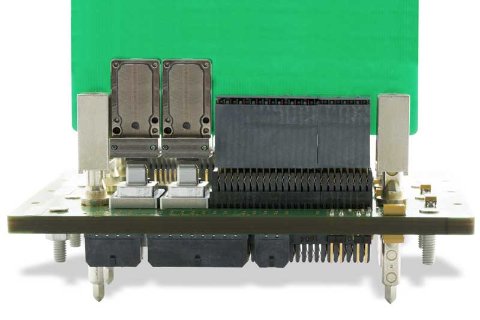 01 Nov
01 NovOvercome Challenges in Embedded Optical Interconnects Design
The above article has outlined the advantages and challenges of using fiber optical interconnects. To use fiber optic cables, the electrical signals need to be converted to light signals using fiber optic transceivers. While there are many challenges to embedded fiber optics design, the benefits are substantial. The guidelines and design check list provided will help developers select the best solutions for their needs.
-
 23 Sep
23 SepOptical Interconnect Design Challenges in Space
Aeronautical applications face many design challenges that are unique to their intended environment. The best practices for optical interconnect design for space applications include the use of radiation-resistant technology to defend against space radiation, the use of components and devices that are designed to operate in harsh environments, and meeting size, weight, and power (SWaP) and long-term reliability requirements. Finally, it is recommended to follow open standards like VPX and to look for solutions that comply with MIL and quality standards.


